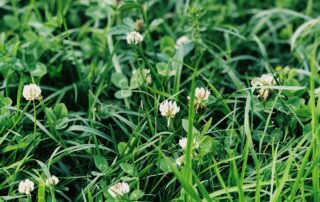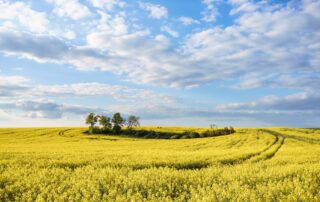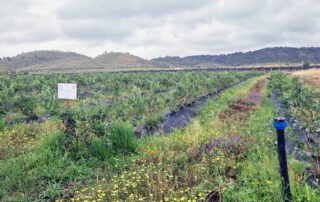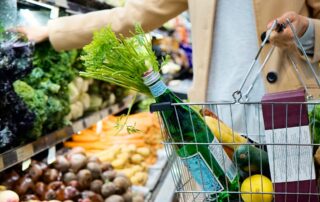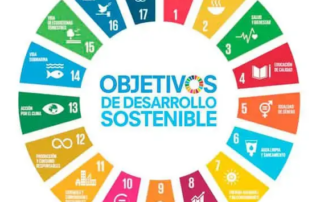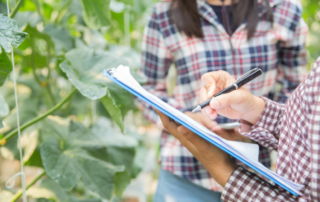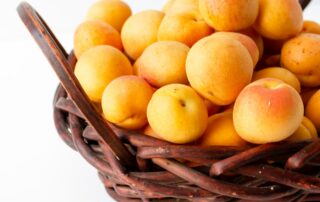More about:
Retain nutrients with groundcovers such as beza and clover
In this article, we are going to explore the nutrient retention capacity of regenerative agricultural soil with beza, clover and other plants to fix oxygen from the air and in turn mobilize phosphorus from the soil. These plants are[...]
European policies for the protection of agricultural soil against erosion
The European Union has recently launched a series of measures to protect the quality and health of soils, which are essential for food production and biodiversity conservation. Among these measures are new policies to recover and prevent erosion[...]
Don’t miss our articles
You will be kept up to date with the latest news on regenerative agriculture.
Why does bare agricultural soil tend to lose moisture and is susceptible to salinization and solidification compared to soil with vegetative cover?
Bare agricultural soil is soil that has no plants to protect it from the action of the sun, wind and rain. This type of soil is exposed to a series of processes that negatively affect its quality and[...]
Food labeling with sustainable values.
Do you know what the labels on the food products you buy mean? Do you know the differences between organic, fair trade, animal welfare or integrated production labels? In this article we explain the 15 most frequent labels[...]
New generations of responsible consumers
The generational change in fruit and vegetable consumption patterns as well as the trend of sustainable consumers demanding ecologically responsible retailers. In recent decades, there has been a generational shift in fruit and vegetable consumption habits, reflecting the[...]
Implementing an SDG policy in your food business
Did you know that a sustainable proactive policy can be a great competitive advantage for your business? In this article we explain how responsible consumption can improve your marketing strategy and increase your reputational capital. In addition, we[...]
Quality process and SDGs
The Sustainable Development Goals (SDGs) are a global agenda that seeks to improve the living conditions of people and the planet. The 17 goals include eradicating poverty, protecting the environment, promoting peace and equality, and fostering innovation and[...]
Economic benefits of the SDGs
The Sustainable Development Goals (SDGs) are a set of global targets that seek to improve the social, environmental and economic well-being of people and the planet. The SDGs cover issues such as poverty eradication, climate change, gender equality,[...]
Regenerative practices on stone fruit
Regenerative agriculture is a way of producing food that respects the environment and improves soil health. In stone fruit crops, such as peaches, plums and apricots, this practice can have benefits for both the farmer and the consumer.[...]
Regenerative agriculture focuses on soil health and biodiversity. Some of the crops recommended for regenerative agriculture are fruit and citrus trees. Additionally, crop rotation is a common practice in regenerative agriculture and can help improve soil health.
Organic farming and regenerative farming share some principles and practices, but regenerative farming focuses on creating sustainable and regenerative agricultural systems that promote biodiversity and restoring healthy ecosystems, while organic farming focuses on the production of foods without the use of synthetic chemicals. Although organic farming refers to a broader term, which includes different types of agriculture that, such as regenerative agriculture, minimize the impact of agricultural activity on the land.
The 2030 Agenda for Sustainable Development is a roadmap towards a new development paradigm in which people, the planet, prosperity, peace and alliances take a central role.


